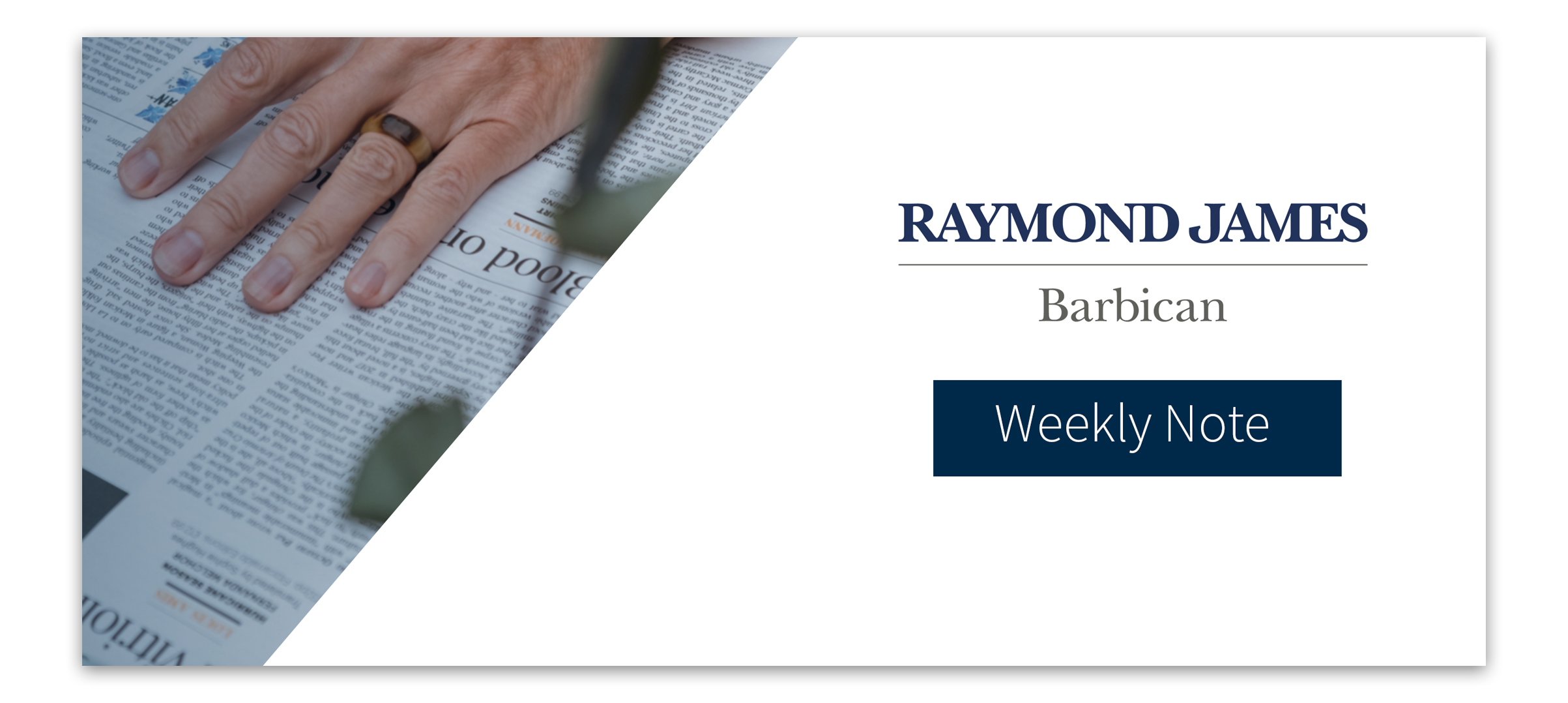The big news coming out of the UK this week was that the Bank of England (BoE) lowered interest rates. This move was largely expected but the vote to cut was anything but straightforward. For the first time in its history, the BoE required a second round of voting to determine their decision. During the first round, four members voted to hold rates steady, four voted for a 0.25% cut and one member voted for a 0.5% cut. With no clear outcome, a second round was required and here we saw five members voting for a 0.25%, enough to cement the decision. This unexpected development surprised markets, as estimates had suggested that seven out of nine policymakers would support a rate cut.
Interest rates were cut from 4.25% to 4%, a move markets had widely anticipated from the BoE. However, the real focus has been the internal division within the Bank itself. The split stems from differing views on how best to respond to the reacceleration in inflation and the rise in unemployment. Governor Andrew Bailey acknowledged there was “genuine uncertainty” regarding the future path of interest rates but reaffirmed the Bank’s commitment to a “gradual and careful” approach. The pound strengthened following the meeting and bond yields surprisingly moved higher, driven by less certainty of future rate cuts from the BoE.
Data reporting plays a crucial role in central banks’ decisions during their rate-cutting cycles. In a dramatic move, US President Donald Trump dismissed the head of the Bureau of Labor Statistics following a weaker-than-expected non-farm payrolls report for July. He accused her, without providing evidence of manipulating the figures, fuelling growing concerns about the reliability of government-released economic data and the frequency of subsequent revisions. Net downward revisions revealed that 258,000 fewer jobs had actually been created in May and June than initially reported, highlighting just how inaccurate recent jobs data has proved to be.
There was further movement within US government departments as Federal Reserve Governor Adriana Kugler announced her immediate retirement at the end of last week. President Trump acted swiftly, appointing Council of Economic Advisers Chairman Stephan Miran to serve out the remainder of Kugler’s term. Trump has repeatedly attempted to pressure Fed policymakers into lowering interest rates this year. By appointing Miran, who has been an outspoken critic of the Fed previously, accusing it of losing focus and accountability—the President appears to be gaining his influence over monetary policy.
Apple CEO Tim Cook visited the Oval Office following President Trump’s announcement that companies committing to US-based manufacturing would be exempt from a proposed 100% tariff on chips and semiconductors. In response, Apple pledged an additional $100 billion investment in US manufacturing over the next four years, bringing its total commitment to $600 billion and creating 20,000 new jobs. Despite needing to reassess its operations in India and facing market concerns over its lag in the AI race, Apple still beat Q2 earnings expectations. The company’s share price rose more than 6% over the week.
Swiss President Karin Sutter made a last-minute trip to Washington in an effort to prevent the enforcement of a 39% tariff on Swiss exports. However, she left empty-handed, having failed to secure a meeting with President Trump or his trade officials. Sutter had hoped to negotiate a reduction to 10%, given that the US is the largest importer of Swiss watches, chocolate, and machinery. While further negotiations between the two countries is expected, the tariffs came into effect on Thursday. Swiss officials have warned of a significant economic blow, with tens of thousands of jobs potentially at risk.
Gold rose to a two-week high on Thursday, after a period of price consolidation. With question marks lingering over US policy and Fed independence, investors are likely flocking to the safe haven asset. We continue to see strong demand for the precious metal from central banks who are increasing their holdings. In a world of uncertainty and inflationary pressures the case for gold continues to remain strong.
Nathan Amaning, Investment Analyst
Risk warning: With investing, your capital is at risk. The value of investments and the income from them can go down as well as up and you may not recover the amount of your initial investment. Certain investments carry a higher degree of risk than others and are, therefore, unsuitable for some investors.

